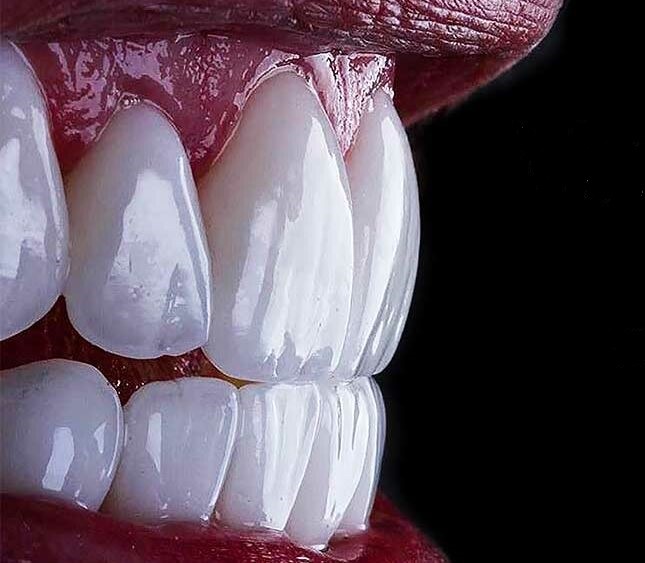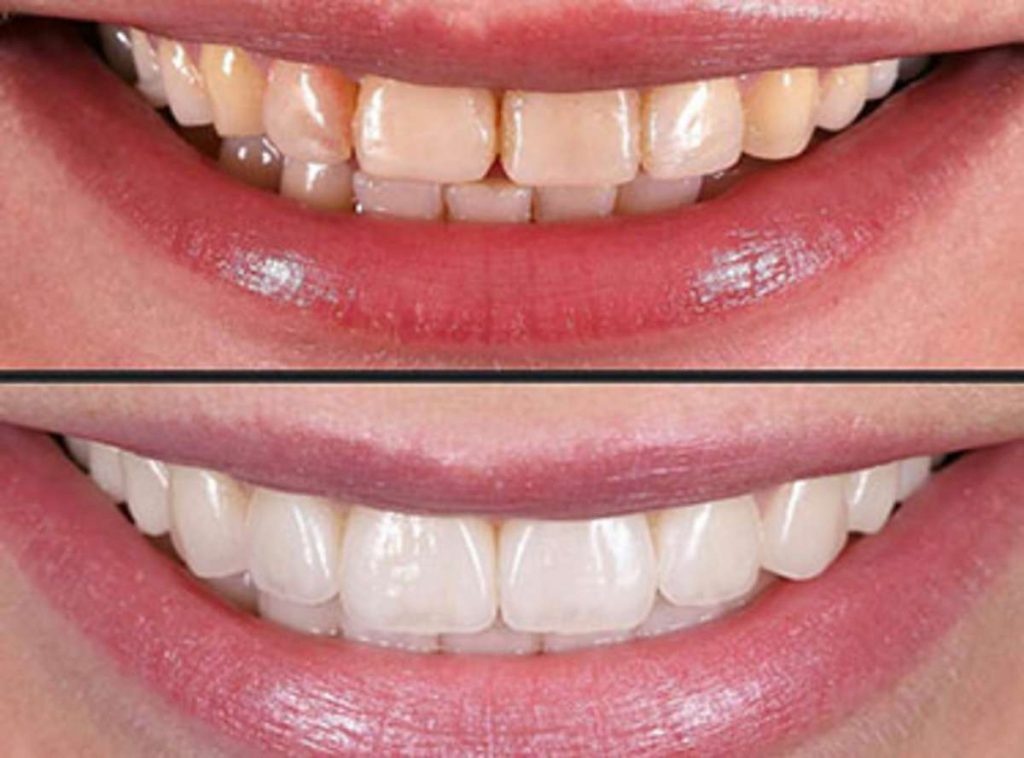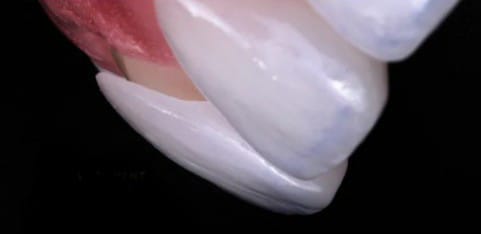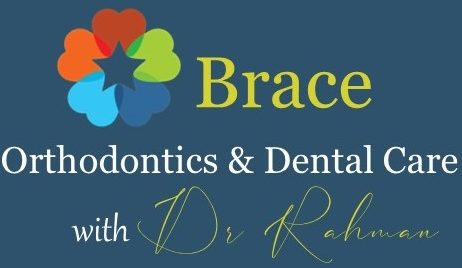Veneers are thin shells made of porcelain or composite resin that are custom-made to fit over the front surface of a tooth. They are used to improve the appearance of teeth that are discolored, chipped, misaligned, or irregularly shaped. Veneers can also be used to close gaps between teeth and to make teeth look longer.
Porcelain veneers are the most popular type of veneer. They are made of a durable, stain-resistant material that closely resembles natural tooth enamel. Composite resin veneers are less expensive than porcelain veneers, but they are not as durable and may need to be replaced more frequently.

Introduction to Veneers for Teeth
Veneers are thin shells made of porcelain or composite resin that are custom-made to fit over the front surface of a tooth. They are used to improve the appearance of teeth that are discolored, chipped, misaligned, or irregularly shaped. Veneers can also be used to close gaps between teeth and to make teeth look longer.
Porcelain veneers are the most popular type of veneer. They are made of a durable, stain-resistant material that closely resembles natural tooth enamel. Composite resin veneers are less expensive than porcelain veneers, but they are not as durable and may need to be replaced more frequently.
Understanding Porcelain Veneers
Porcelain veneers are made in a dental laboratory and require two visits to the dentist. During the first visit, the dentist will remove a thin layer of enamel from the tooth to make room for the veneer. An impression of the tooth will be made and sent to the lab, where the veneer will be custom-made to fit the tooth.

During the second visit, the dentist will bond the veneer to the tooth using a special adhesive. The dentist will then use a curing light to harden the adhesive and secure the veneer in place. Porcelain veneers are designed to last for many years with proper care and maintenance.
The Dental Veneers Process
The veneers process typically takes two to three weeks to complete. During the first visit, the dentist will evaluate the patient’s teeth and discuss their goals for their smile. The dentist will then take x-rays and impressions of the teeth to create a customized treatment plan.
Once the plan is in place, the dentist will prepare the teeth for the veneers by removing a thin layer of enamel. The dentist will then take impressions of the teeth and send them to a dental laboratory, where the veneers will be custom-made.
When the veneers are ready, the patient will return to the dentist’s office for the second visit. The dentist will place the veneers on the teeth and make any necessary adjustments. Once the veneers are in place, the dentist will use a special light to harden the adhesive and bond the veneers to the teeth.
Crowns vs Veneers: What’s the Difference?
Crowns and veneers are both used to improve the appearance of teeth, but they are used for different purposes. These also used to cover an entire tooth that is damaged or decayed. Veneers, on the other hand, are used to cover only the front surface of a tooth.
Crowns are generally more expensive than veneers and require more tooth structure to be removed. However, they are more durable and can last for many years with proper care and maintenance.
Benefits Of Dental Veneer
Its transform smile, which you want to improve, with minimum preparation of teeth. Its give permanent color and shape and looks which may last lifetime if maintained properly.
Are Dental Veneers Right for You?
Veneers are a great option for patients who want to improve the appearance of their teeth. However, they may not be the best option for everyone. Patients who have severe tooth decay or gum disease may not be good candidates for veneers.Patients who grind their teeth or have a history of clenching may also not be good candidates for veneers. These habits can cause the veneers to chip or crack, which can lead to the need for replacement.
Veneers vs Braces: Which is Right for You?
Veneers and braces are both used to improve the appearance of teeth, but they are used for different purposes. Braces are used to straighten teeth and correct bite issues. Veneers, on the other hand, are used to improve the appearance of teeth that are discolored, chipped, or misaligned.
Patients who have severe bite issues or misalignment may need braces to achieve the desired results. However, patients who have minor issues may be able to achieve the desired results with veneers.
How to Care for Your Dental Veneers
Veneers require the same care and maintenance as natural teeth. Patients should brush their teeth twice a day and floss daily to prevent tooth decay and gum disease. Also avoid chewing on hard objects, such as ice or hard candy, as this can cause the veneers to chip or crack.
Patients should also avoid using their teeth as tools to open packages or bottles. This can cause the veneers to become dislodged or damaged.
Cost
Zirconium/EMax (CAD/CAM) Ceramic veneer for every tooth around 20000.00 BDT(175.00 USD).
Conclusion
Veneers are a great option for patients who want to transform the appearance of their teeth. They offer many benefits, including improved appearance, durability, and stain resistance. However, veneers may not be the best option for everyone.
Patients should consult with their dental professional to determine if veneers are right for them. With proper care and maintenance, veneers can last for many years and provide patients with a beautiful, confident smile they can be proud of.

Back to Dental Veneer page.
Learn more about Dental Veneer
